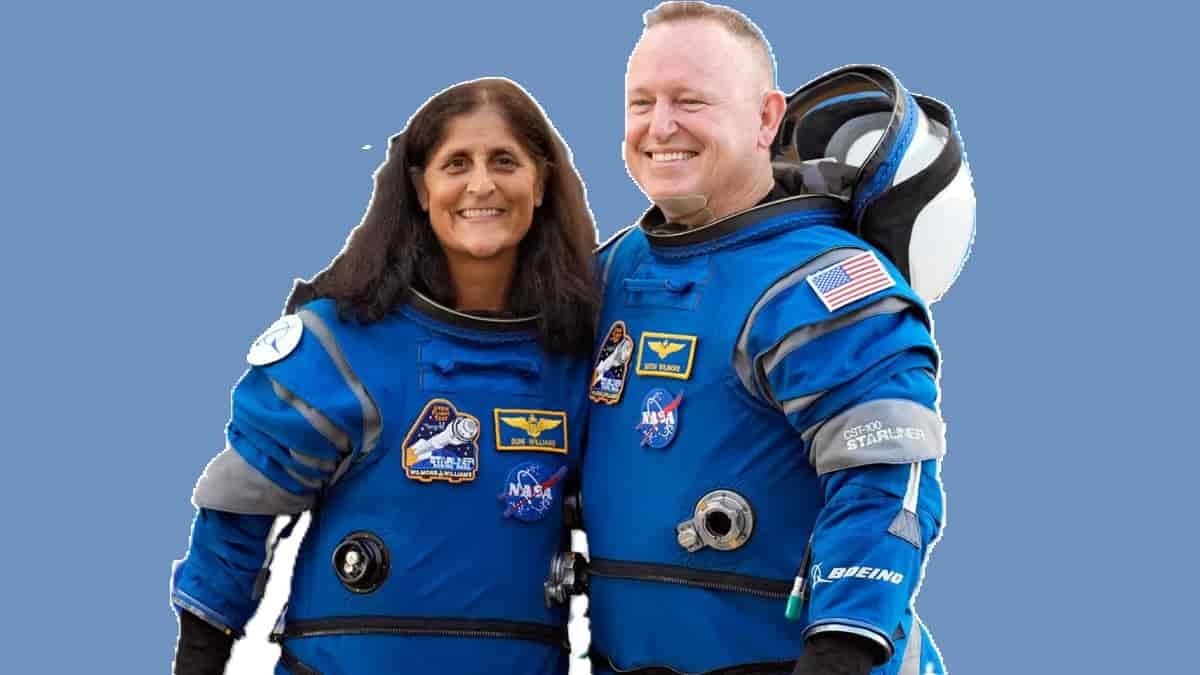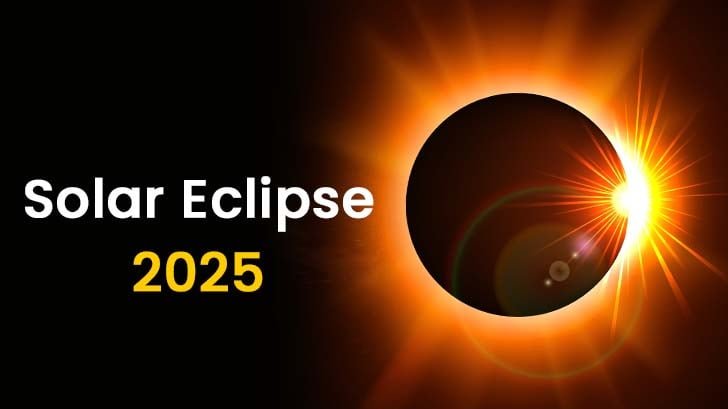An Unexpected Odyssey in Space
Sunita Williams and Butch Wilmore are finally set to return to Earth after an unforeseen 10-month-long mission aboard the International Space Station (ISS). The duo embarked on their journey in June last year aboard Boeing’s highly-anticipated Starliner capsule. Initially planned as a brief eight-day mission, their expedition was prolonged due to technical challenges that left them stranded in orbit. These difficulties compelled NASA to adapt its plans, delaying their homecoming.
NASA, in collaboration with SpaceX, has now set a definitive return plan. The Crew-10 mission, scheduled for a 12 March launch, will deliver their replacements to the ISS. Williams and Wilmore will then head back aboard a previously used SpaceX capsule, with their Earth landing slated for 19 March.
The Emotional Challenges of Life in Space
Reflecting on her extended stay in space, Sunita Williams admits there is much she will miss about the ISS. “There’s so much—from the view of Earth, problem-solving opportunities, and the inspiration that comes with living here daily,” she shared. With this being the third ISS mission for both Williams and Wilmore, there’s a deep emotional connection to the space station. “Having been part of assembling it and witnessing its evolution over the years gives us a unique appreciation. I’ll need to find a way to hold onto this inspiration and perspective when back on Earth,” she added.
However, the duo acknowledges the psychological toll of uncertainty on both them and their families. “Every day, we had a mission to concentrate on, but our loved ones had to endure the emotional rollercoaster of not knowing our return date,” Williams explained. Despite the challenges, she remains grateful for the unique experiences offered by the extended mission.
A Closer Look at Their Return Mission
Their replacements—NASA astronauts Anne McClain and Nichole Ayers, JAXA’s Takuya Onishi, and Roscosmos’ Kirill Peskov—are slated to join the ISS next week. Originally, the Williams-Wilmore return mission was thought to be delayed until late March or even April. Fortunately, the revised schedule ensures their long-awaited reunion with Earth on 19 March.
Williams is particularly excited to reunite with her two Labrador retrievers, expressing how much she has missed them. “I can only imagine what they’ve gone through during these prolonged months—probably more than us,” she said fondly.
Addressing Speculation and Criticism
The unexpectedly prolonged ISS stay garnered widespread attention, with some attributing the delay to political motives. Former President Donald Trump alleged that the Biden administration had abandoned the astronauts, while billionaire entrepreneur Elon Musk hinted at political reasons for their extended stay. Both Williams and Wilmore have downplayed these claims. “Politics from our standpoint has played no role in our extended mission,” Wilmore firmly stated.
Musk also suggested he had provided an earlier return option, a claim disputed by former NASA deputy administrator Pam Melroy, who revealed no record of such an offer. Wilmore refrained from diving into the matter, saying, “We weren’t in those discussions and don’t have any direct knowledge of what was presented, to whom, or when.”
The ISS: A Platform in Its Prime
Williams also responded to Musk’s recent suggestion of retiring the ISS earlier than its scheduled phase-out in 2030. “If anything, I believe the ISS is in its golden era right now,” she remarked. “This is a time of immense scientific breakthroughs and international collaboration—it wouldn’t make sense to halt this momentum prematurely.”
FAQs About Williams and Wilmore’s Journey
1. Why was their mission prolonged?
Their stay was extended due to technical defects in Boeing’s Starliner capsule, which deemed it unsafe for their return. NASA had to secure an alternative, prioritizing astronaut safety.
2. How will they return to Earth?
They will return aboard a previously used SpaceX Dragon capsule following the arrival of their replacements.
3. Did politics influence their extended stay?
According to the astronauts, politics had no direct influence on their delayed return. NASA undertook its plans based purely on logistics and safety concerns.
4. What is the significance of the ISS?
The ISS remains a crucial hub for scientific research, technological advancements, and fostering international cooperation in space exploration.
5. How long was their original mission meant to last?
The mission was originally slated to last just eight days but ended up spanning nearly ten months due to unforeseen challenges.
Final Thoughts
When Williams and Wilmore first launched aboard the Boeing Starliner, it was envisioned as a short-term, highly technical test mission. Yet, their journey transformed into a testament to adaptability and resilience, overcoming unforeseen challenges in the vacuum of space. Now, as their replacements gear up to continue their work, Williams and Wilmore look forward to reuniting with family and immersing themselves back into Earth’s comforting embrace—bringing with them ten months’ worth of memories, inspiration, and experience from the cosmos.


